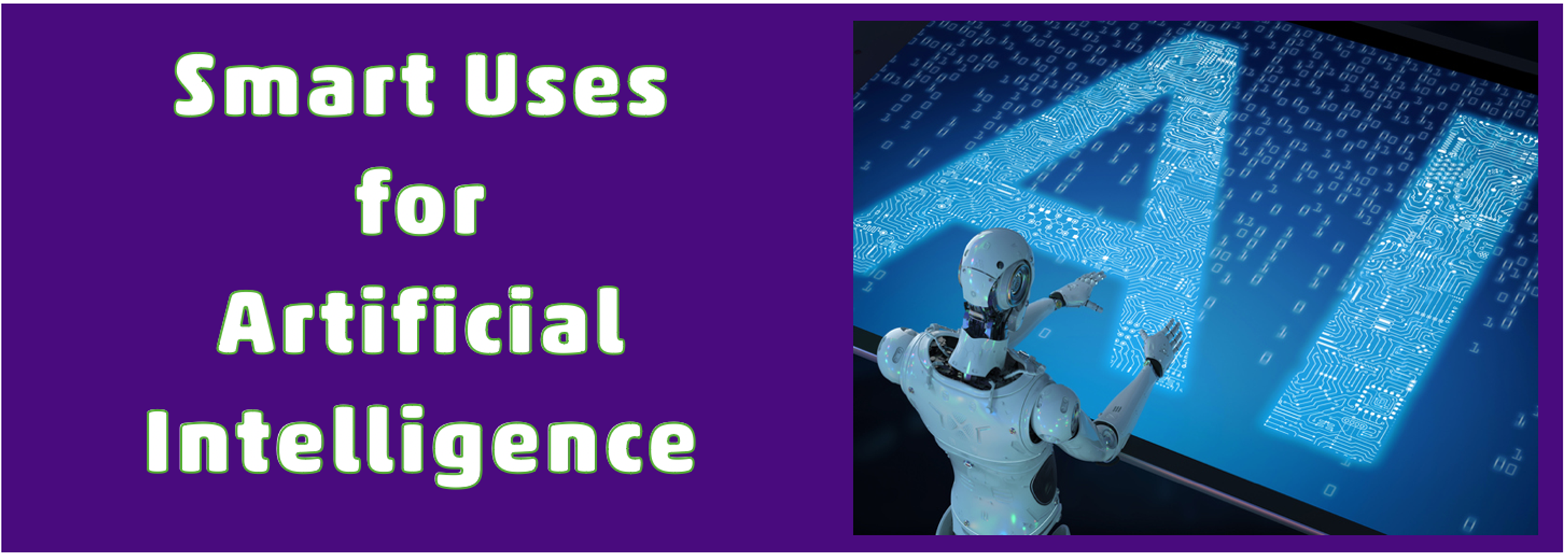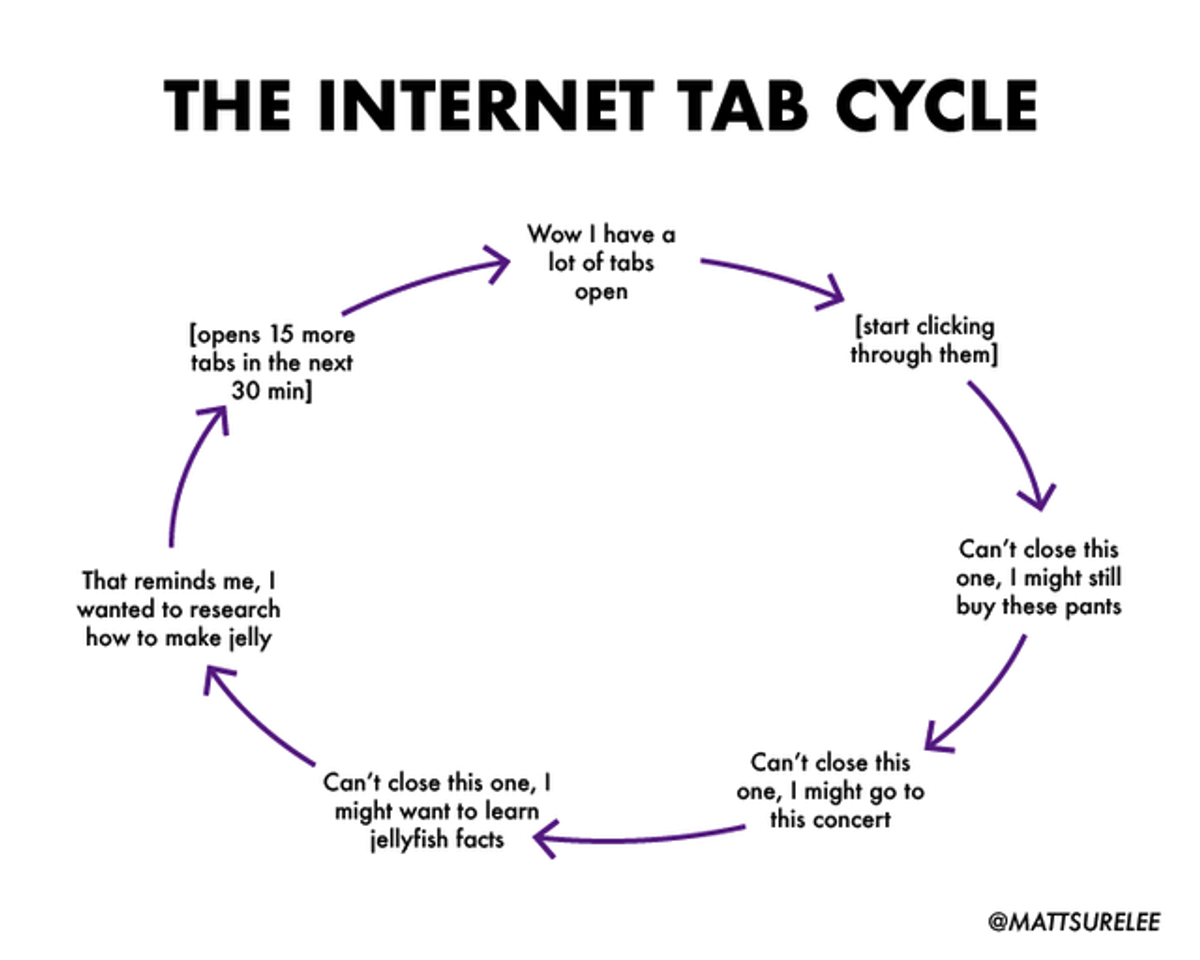The AI Technology Page:

A Better Way Of Thinking About Attention📱
Multiple studies have found that most of us check our phones at least once every 10–15 minutes.
Podcast host Srinivas Rao explains that every day we face a choice: pursue deep work or give into shallowness. “The latter gives us the temporary illusion of satisfaction,” he writes, “but nothing of great significance results from operating in a frenetic state of shallowness.”
I know I’d get more done (and be happier) if I just slowed down and focused more deeply on one thing at a time. Yet I’m always sucked back into shallow attention.
It seems simple - just focus - yet many of the products we use daily are built to lure us into shallower forms of attention. Google alone has made hundreds of billions of dollars selling our attention to advertisers.
Given all that, it’s easy to think about our attention as something taken from us, basically “what makes us touch our phones.” But there’s another definition I want to share, one that feels more important and maybe more hopeful. In a recent episode of the Ezra Klein Show, D. Graham Burnett — an attention scholar at Princeton — defines attention as “waiting.” In French, attendre means “to wait.”
Another way of putting it: “Attention is an empty cup” we place between ourselves and things we care about.
I like that definition. It helps me think about my attention differently, less as something being taken from me and more as something I have to give.
Use the CODE Method to Manage Your Digital Hoarding
There’s so much to consume online, from the millions of pieces of content shared, sent,
and watched on social media platforms every minute to the endless stream of news, data,
and published commentary. We are constantly faced with choices of what to watch
and read, which leads to information overload, decision fatigue, and what creator Jorge
Medina refers to as digital hoarding: saving stuff for later, like the million tabs you keep
open (because FOMO) that you never return to. Instead of being inspired by content, he
writes, we get overwhelmed—and ultimately less creative.
The “second brain” movement, a productivity framework created by Tiago Forte, suggests
that we need external storage for saving information and resources, which frees up our
actual brains to be more creative rather than trying to memorize and organize everything
we’ve consumed.
A key building-block of your second brain is the CODE method, which helps you curate
the content stream so it’s meaningful and helpful rather than overwhelming. Here’s how it
works.
C: Capture the most important information
The first step is to keep only the things worth saving or the most relevant and useful
information. Forte suggests paying more attention to content that connects to something
you care about, are curious about, or find intriguing rather than passively saving what’s
sent to you by a contact or fed to you through an algorithm.
Practically, you can capture using various digital tools, such as a read-later app, notes
app, or transcription app. You can also highlight or annotate in an ebook app or save
websites in a web clipper app.
O: Organize by actionability
Once you start saving, you’ll need to start organising. Forte recommends keeping your
organization simple and flexible rather than rigid and hierarchical and focusing on what’s
actionable.
To organise along the spectrum of most to least actionable, use the PARA framework:
Projects: Short-term and with specific goals
Areas: Long-term and managed over time
Resources: May be useful later
Archive: Inactive content from the above three buckets
You should also start with a clean slate rather than trying to reverse engineer this system
for files you’ve already saved. Move everything into a dated archive folder—this way, you
know you can go back if you need to, but you don’t need to do the work of sorting it.
D: Distill info to its essence
The third step involves a bit of upfront work to make using what you’ve captured easier
down the line. You’ll do this by distilling your notes into “actionable, bite-sized
summaries.”
A few ideas:
Define key terms and add links to related resources.
Use progressive summarisation to identify different layers of detail from the big picture
to specific themes.
Add value (such as a section title or highlight) each time you interact with a note,
distilling over time.
E: Express your ideas
The final part of CODE is actually using the information you’ve captured, organised, and
distilled. Instead of consuming passively, create actively by using and sharing your work.
Forte suggests creating small, recyclable pieces of a project (the first and most actionable
unit of organisation) called “intermediate packets,” such as meeting notes or a list of
action items. Ultimately, everything is iterative; nothing is final.


